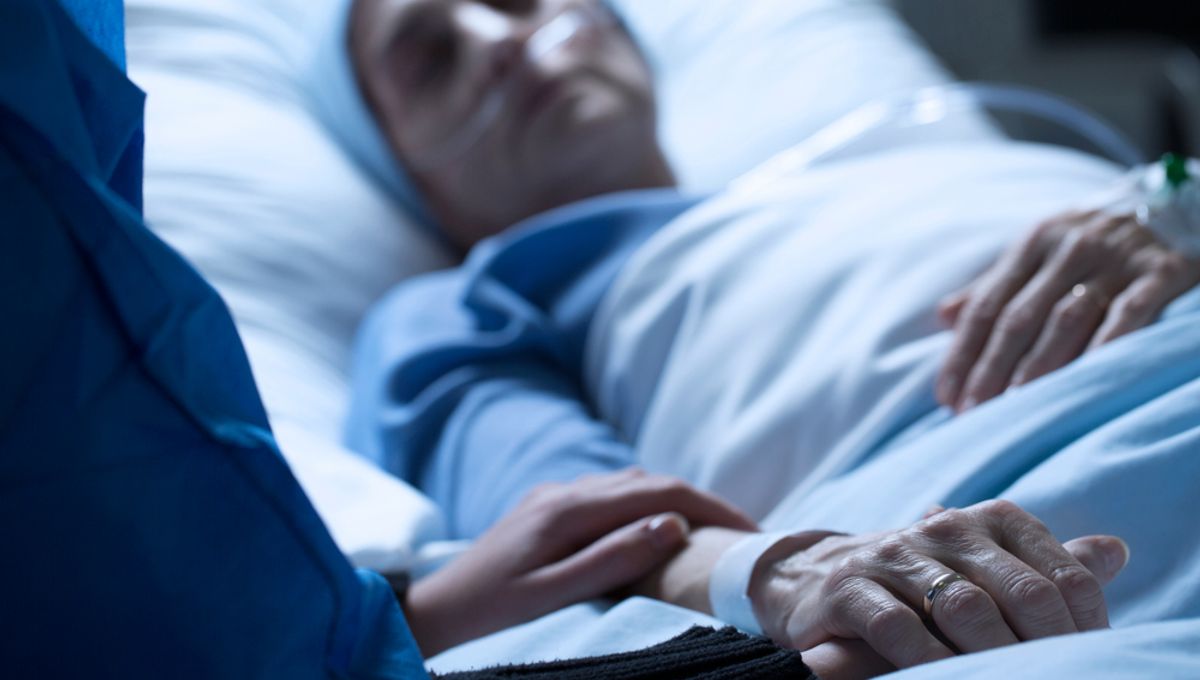Prepare to be amazed by the findings of a groundbreaking study! Researchers closely monitored 567 patients who flatlined at 25 different hospitals in the US and the UK. While doctors worked tirelessly to administer life-saving CPR, the scientists attempted to capture electroencephalography (EEG) readings from the patients on the brink of death. Astonishingly, they were able to obtain readable data from 53 individuals, revealing brain activity even after their hearts had stopped beating.
What’s truly remarkable is that nearly 40 percent of these patients exhibited brainwaves associated with consciousness, such as delta, theta, alpha, and beta rhythms. Even more astonishing, these brainwaves appeared more than half an hour after their hearts had ceased functioning.
The study authors write, “Near-normal/physiological EEG activity (delta, theta, alpha, beta rhythms) consistent with consciousness and a possible resumption of a network-level of cognitive and neuronal activity emerged up to 35–60 minutes into CPR.”
But here’s where it gets even more mind-boggling. After receiving life-saving treatment, 53 participants defied the odds and walked out of the hospital alive. Although only 28 of them were well enough to be interviewed about their near-death experiences, the results were astonishing. Around 40 percent of those interviewed claimed to remember details of their ordeal, suggesting that they were conscious even while technically dead.
Some recalled medical events, with one patient vividly remembering the moment when electrodes were placed on their chest and the subsequent shock. Additionally, 21.4 percent had what the researchers call a “transcendent recalled experience of death,” which involved a heightened sense of consciousness and a profound review of their thoughts, intentions, and actions.
Study author Sam Parnia explains, “Although doctors have long thought that the brain suffers permanent damage about 10 minutes after the heart stops supplying it with oxygen, our work found that the brain can show signs of electrical recovery long into ongoing CPR. This is the first large study to show that these recollections and brain wave changes may be signs of universal, shared elements of so-called near-death experiences.”
While the evolutionary purpose of this phenomenon remains unclear, the researchers speculate that it may occur as the brain becomes “disinhibited” at the moment of death, allowing access to new dimensions of reality and a profound review of one’s life.
“These experiences provide a glimpse into a real, yet little understood dimension of human consciousness that becomes uncovered with death,” says Parnia.
Prepare to have your mind blown by this groundbreaking study, published in the journal Resuscitation.








